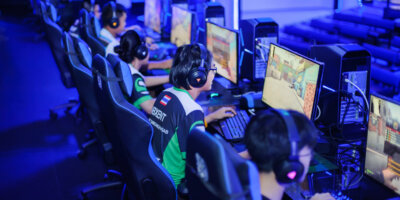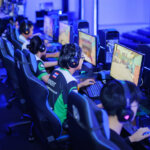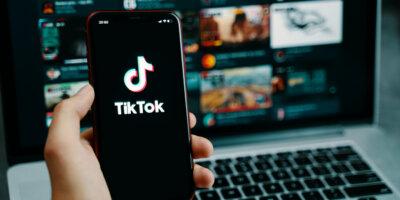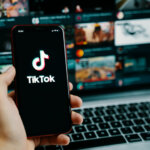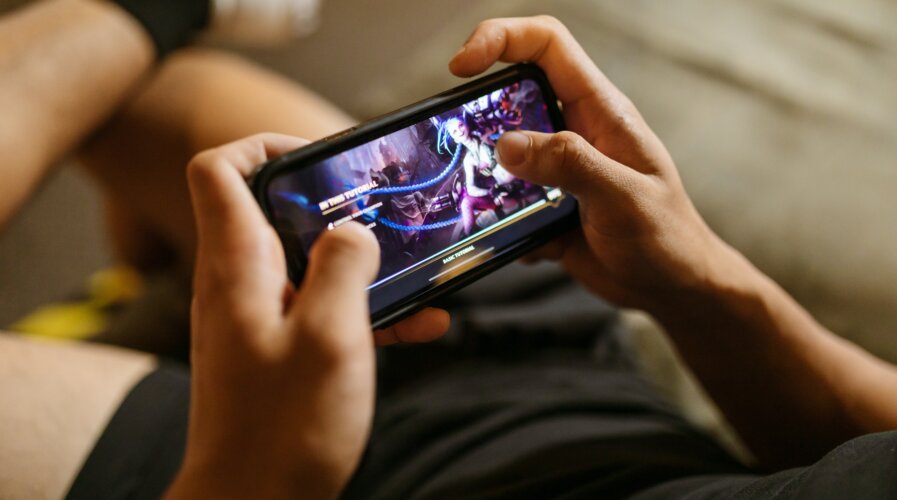
League of Legends: Wild Rift joins the billion dollar elite. (Source – Pexels)
Mobile gaming is dominating consumer spending on games in 2023 compared to other platforms
- Mobile gaming in 2023 leads in global spend, highlighted by successes like League of Legends: Wild Rift.
- Gaming patterns, spending, and playtimes illuminate the diverse global gaming cultures.
- There are distinct differences between Eastern and Western play.
In the digital age, technological wonders have unfurled at an astonishing pace. While many gaming enthusiasts own powerful desktop rigs designed for immersive experiences, sleek smartphones filled with captivating mobile games have become indispensable too. In many living rooms, consoles like the Xbox Series X or the elusive PlayStation 5 stand next to TVs, epitomizing gaming fervor.
As technology has advanced, various gaming platforms—from mobiles to consoles and PCs—have turned into goldmines for businesses. Whether nestled in a café corner or awaiting a flight, these platforms deliver endless gaming escapades, ensuring gamers remain continually engrossed.
Globally, the preferred gaming platforms differ widely. But what determines these choices? Several factors influence these platform decisions.
The key ingredients: Accessibility, graphics, and performance
One primary factor is accessibility. The rapid evolution of technology has positioned mobile gaming at the forefront of the industry, propelled mainly by smartphones’ widespread availability and convenience. The very essence of a smartphone is its portability, allowing gamers to play virtually anywhere.
In contrast, consoles require a dedicated investment, making them less appealing to a casual audience. However, PCs remain a cornerstone in the gaming ecosystem, bolstered by various platforms that offer vast game collections.
Next, consider graphics. Mobile gaming has come a long way, continuously integrating the latest in hardware technology and improving the visual appeal of its games. Even though smartphones might not always match up to other platforms, they’re making strides with impressive 4K displays that ensure a crisp gaming experience.
On the other hand, consoles, with their specialized hardware, excel in delivering graphics that are often breathtaking, plunging gamers into visually immersive worlds. Still, when it comes to the pinnacle of visual experiences, PCs reign supreme. Their ability to be customized allows for graphics often unmatched in detail and depth by any other platform.
Lastly, the performance of the platform can’t be ignored. The experience on mobile can vary greatly, depending on the technological capability of the device. That can lead to different frames per second (FPS) rates, and the occasional disruptive lag. In contrast, consoles promise a steadier gaming journey. Given that their games are often designed specifically for their platform, they provide consistent FPS, ensuring a seamless experience.
PCs stand apart in this comparison. Their performance is contingent on the quality and configuration of their components. But when optimized, they can deliver a gaming experience that’s incredibly smooth and unparalleled.
Mobile gaming 2023: dominating the global market
Behind these attributes, data projections from data.ai and IDC reveal that mobile gaming holds the lion’s share in the industry. For 2023, mobile gaming is predicted to command a staggering 56% of the global consumer spending in gaming. This dwarfs the projected 22% for consoles and 21% for PC/Mac.
Interestingly though, 2022 marked a slump in mobile gaming spend, a first since the genesis of app stores. However, the current year indicates a resurgence, heralding a potentially bullish phase for mobile gaming, even if 2023’s figures slightly underperform the previous year’s.
Wild Rift – A billion-dollar mobile behemoth
A testament to this growth is League of Legends: Wild Rift by Riot Games, which has clocked in over US$1 billion in global player expenditure since its 2020 inception, as per data.ai. This feat places the title in the elite club of 101 games that have crossed the billion-dollar threshold on iOS and Google Play.
Remarkably, League of Legends: Wild Rift clinches the fourth spot in the highest-grossing Action-MOBA category, outshining contenders like Onmyoji Arena and West Arena 2. Data.ai’s analytics, underpinned by its Game IQ taxonomy, also peg Wild Rift as the fourth most downloaded game in its category, leaving behind formidable competitors like Marvel Super War and Pokémon Unite.
In the span of a year, from September 2022 to August 2023, China has emerged as the game’s dominant market, closely trailed by Vietnam and Brazil. Globally, downloads reached an astounding 22.4 million, catapulting its total lifetime downloads to 111 million.
The first half of 2023 was particularly lucrative for Wild Rift. It seized the third spot in global grossing rankings among Action-MOBA games, amassing over US$188 million in global player expenditure.

Mobile gaming is dominating consumer spending on games. (Source – Pexels)
A deep dive into consumer spending unveils China as the game’s gold mine, with nearly US$141 million in revenue. The US trailed, generating a still-commendable US$8.2 million.
Given its PC counterpart’s intricacies, what propelled League of Legends: Wild Rift to mobile gaming’s zenith?
The linchpin: adapting to mobile without compromise.
The mobile version preserves the original’s core gameplay, pairing champions in a streamlined three-lane battlefield, but fine-tunes it for mobile with touch-based controls. Matches are condensed, clocking 15-20 minutes. Graphics and animations are optimized for compact displays, yet they encapsulate the grandeur and intense combat for which the series is celebrated.
For novices, the game extends an inviting hand with intuitive tutorials, while a revamped progression system keeps seasoned players hooked. In essence, Wild Rift on mobile doesn’t overshadow its PC sibling but rather complements it, offering players a robust mobile counterpart.
East vs. west: gaming patterns of mobile gaming 2023
A comparative study between Eastern and Western gaming patterns reveals notable differences and intriguing similarities among mobile gamers globally.
A comprehensive survey conducted by Coda, encompassing nine distinct markets with 3,600 participants, illuminated that battle royale and MOBA (multiplayer online battle arena) are the most popular genres in the East. Mobile Legends: Bang Bang, PUBG Mobile, and Free Fire topped the charts in these genres. Conversely, Western gamers preferred Call of Duty: Mobile, Free Fire, and the football sensation, FIFA.
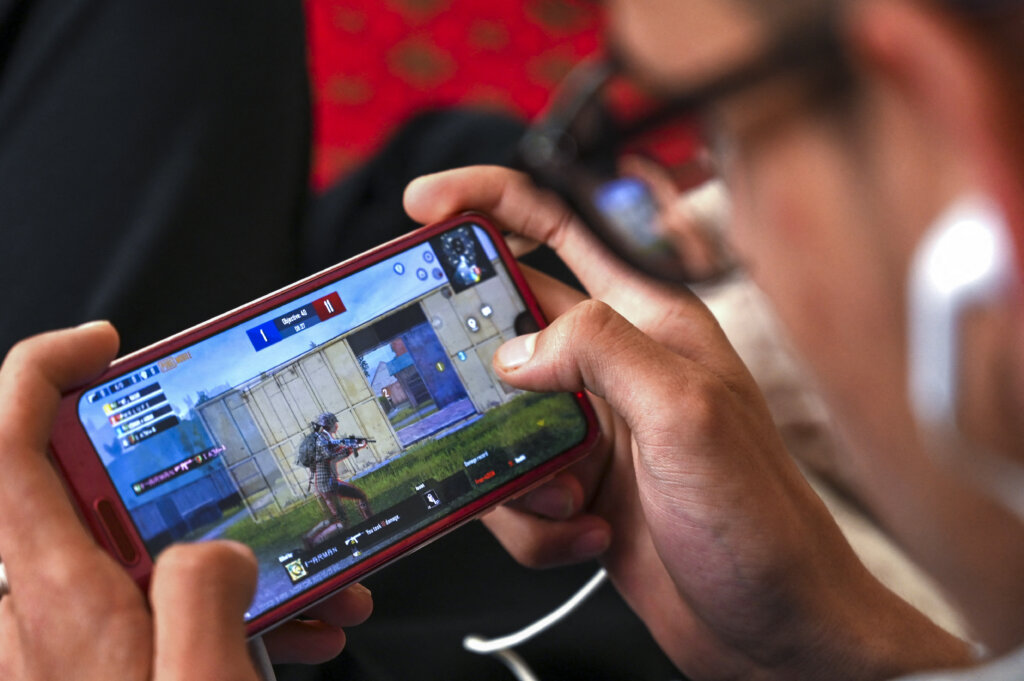
PUBG Mobile is among the most played games in mobile gaming. (Source – AFP)
This extensive research engaged over 3,600 participants from diverse countries, including Brazil, Egypt, Indonesia, Malaysia, Mexico, Philippines, South Korea, Thailand, and the USA.
Focusing on Malaysia, the leading games include Mobile Legends: Bang Bang, with a share of 11.7%, followed by PUBG Mobile at 10.9%, and Call of Duty: Mobile at 7.2%. Produced by Moonton, Mobile Legends: Bang Bang boasts over 80 million active players monthly, establishing itself as a widespread favorite irrespective of age or gender.
Mobile gaming 2023: spending habits in the mobile gaming landscape
Gamers’ motivations are distinctively varied based on their geographic locations. Western gamers find allure in a game’s structural design, including available levels, modes, and maps. The multifaceted ways through popular games, which range from first-person to battle modes or even specialized modes like team play or Humans vs. AI, provide a rich gameplay experience, be it solo or collaborative.
In-game maps significantly enrich the gaming journey. Maps are indispensable in renowned mobile battle arenas like Free Fire and PUBG Mobile. They assist in player navigation, resource location, strategic planning, and monitoring the ever-contracting play zones.
Conversely, Eastern gamers are driven by the allure of collectibles and in-game character features’ adaptability. These elements not only motivate gameplay but also influence their in-game purchasing decisions. 90% of these gamers are inclined to spend on in-game commodities, primarily purchasing in-game items and currency.
However, there’s a deviation in spending patterns. Eastern gamers predominantly splurge on exclusive limited-time event items, characters, or pets. Meanwhile, Western gamers display a penchant for unlocking additional game levels, modes, or maps, signifying a hunger for diversity.
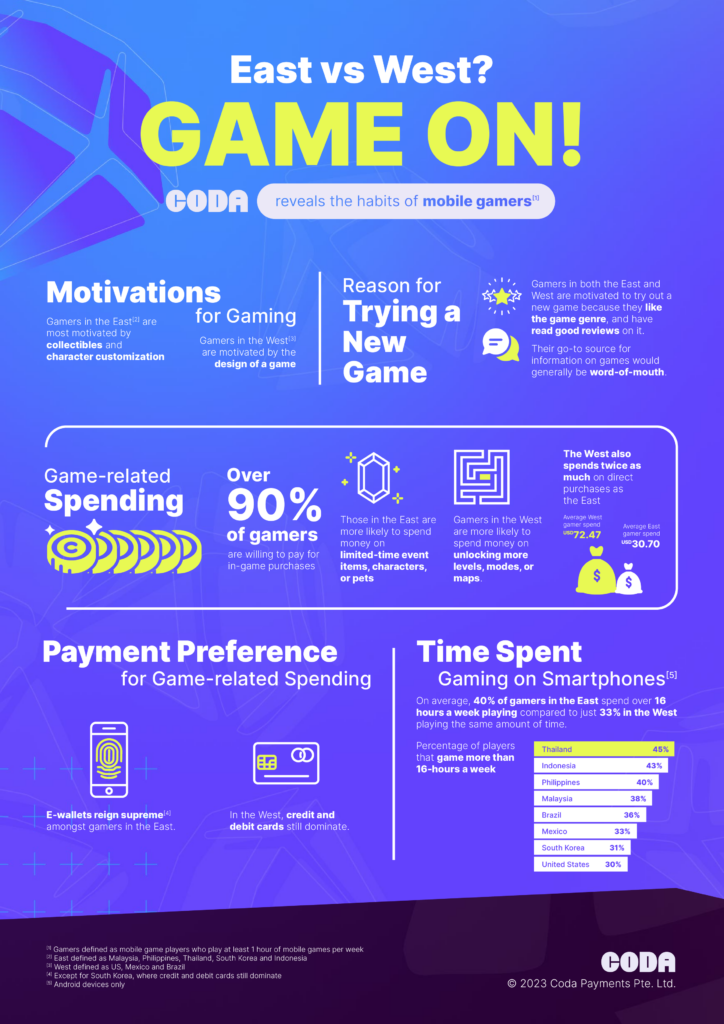
Habits of gamers in Malaysia and beyond. (Source – Coda)
Malaysian gamers display spending motivations that shift with age. The younger demographic, aged 18-24, is captivated by the charm of amassing game collectibles or acquiring items and characters. A classic example is Mobile Legend: Bang Bang, where gamers can buy items like borders, skins, heroes, and more. Yet the slightly older group, aged 25-34, manifests a heightened competitive streak, prioritizing advancing levels or obtaining additional game lives or moves.
Payment modalities for in-game purchases also exhibit regional disparities. The East sees a dominance of e-wallets, while credit and debit card transactions remain prevalent in the West. Malaysia, for instance, has a fondness for e-wallets like GrabPay, TnG, Boost, and MAE. Recognizing these diverse payment preferences, Coda supports over 300 secured payment methods across 60+ markets.
In terms of monetary investment, Malaysians spent an average of RM121 over a quarter. Though this surpasses the average spend of Indonesians and Filipinos, it’s dwarfed by the Thai expenditure. A noteworthy trend in Malaysia reveals that younger female gamers outspend their male counterparts considerably.
Clocking in: Gaming durations around the world
Playing durations on smartphones exhibit regional variations. Eastern gamers, on average, clock in more gaming hours than their Western counterparts. For instance, while Malaysia recorded a 38% rate for gamers playing over 16 hours a week, nations like Thailand, Indonesia, and the Philippines registered higher percentages. Western countries like Brazil, Mexico, and the USA lagged in comparison.
In conclusion, gamers’ inclination to explore a new game is predominantly driven by their affinity for the genre and positive reviews. The primary sources of game information are recommendations and word-of-mouth from their social circles.
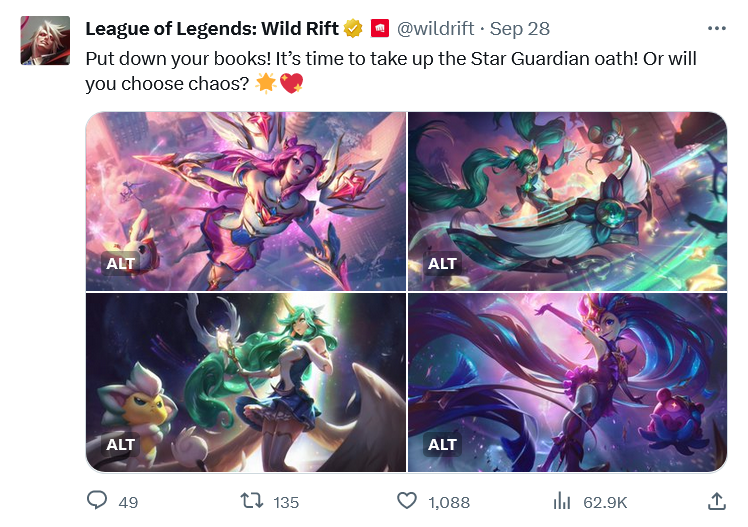
Wild Rift offers compelling gameplay on mobile devices.
READ MORE
- 3 Steps to Successfully Automate Copilot for Microsoft 365 Implementation
- Trustworthy AI – the Promise of Enterprise-Friendly Generative Machine Learning with Dell and NVIDIA
- Strategies for Democratizing GenAI
- The criticality of endpoint management in cybersecurity and operations
- Ethical AI: The renewed importance of safeguarding data and customer privacy in Generative AI applications

